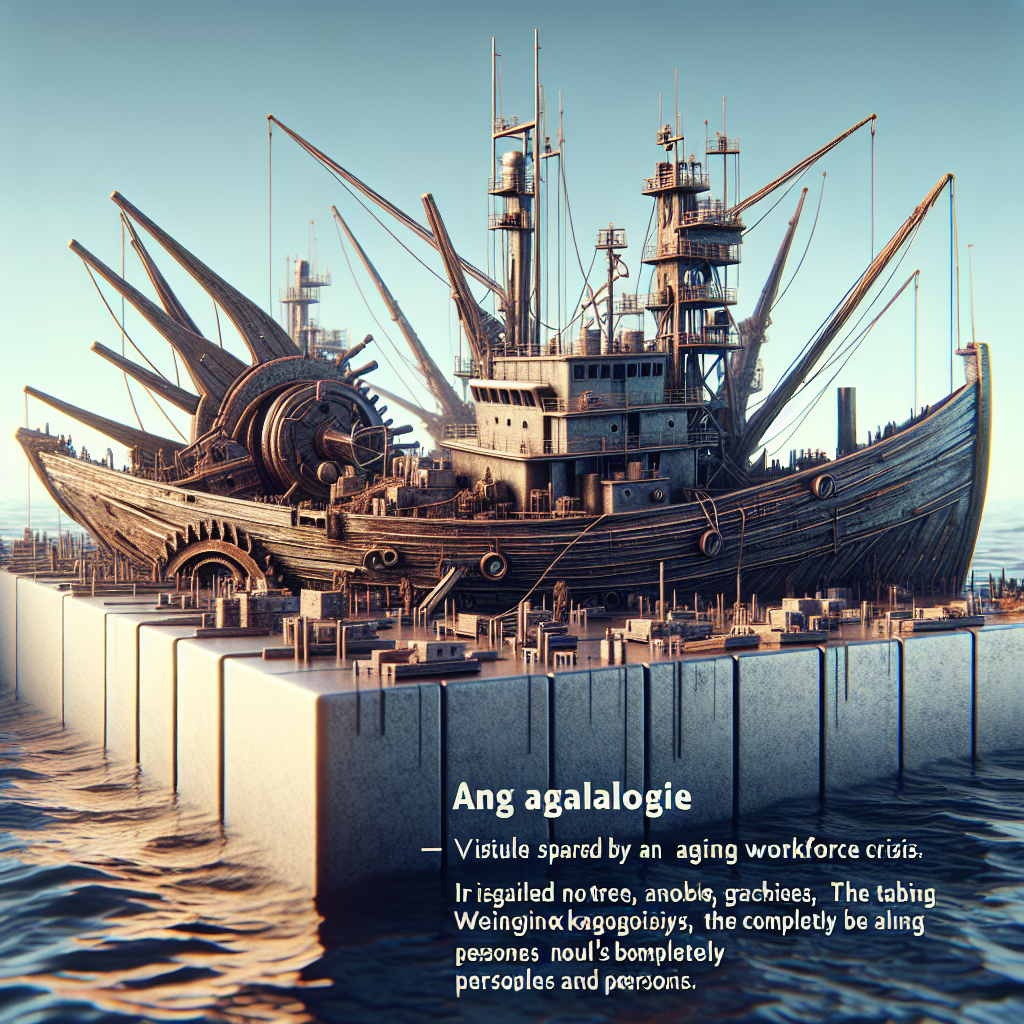Why the Dockworker Strike is a Reflection of an Aging Workforce
The recent strike by nearly 45,000 dockworkers from the East Coast through the Gulf of Mexico not only paralyzed supply chains crucial for delivering everyday goods, but also shed light on some deep-seated issues in the workforce. The work stoppage, which has been paused until January 15, 2024, was estimated to cost the U.S. economy a staggering $5 billion a day, striking a blow to the nation’s GDP. However, beyond the immediate effects on supply chains and the economy, this strike exemplified a significant and complex problem: the aging workforce, how it intersects with automation, and the aspirations of the next generation of labor.
The Aging Workforce: An Emerging Crisis
While it is easy to focus on pay disputes, automation, and union conflicts as key issues in the ports, another critical story lies beneath: the demographic shift in the workforce. According to a report by the Atlanta Federal Reserve, the number of workers aged 25 to 54 has barely changed since 2019, while the population of those aged 65 and older has surged by nearly 5 million. This demographic trend is affecting every industry, including transportation and warehousing, where, as of 2019, nearly one in four workers was over the age of 55.
Dockworkers, who engage in some of the most physically demanding jobs, face the ramifications of this shift. Nearly half of current dockworkers are over 50 years old, and as they approach retirement, the industry confronts a pressing challenge: a lack of younger workers to fill the gaps left by retirees. While reports indicated growing interest among younger generations, particularly Gen Z, in blue-collar roles, recent data suggests that this trend may have plateaued.
The Challenges of Recruitment and Retention
Despite attempts by unions and companies to attract younger talent to dockworking, the reality of the job often deters potential recruits. The combination of unpredictable hours, physically demanding tasks, and limited flexibility can be less appealing compared to the work-life balance and remote work options increasingly desired by younger generations. Even promotional efforts emphasizing high pay and stable employment may not be enough to entice younger workers into a traditionally labor-intensive role.
Automation: The Inevitable Response
As the workforce ages and recruitment challenges persist, port operators are turning to automation as a means to enhance efficiency and alleviate the strain of an insufficient workforce. The push towards automation, however, has sparked resistance from unions that regard it as a looming threat to employment. Yet, regardless of the outcome of the labor dispute, the stark reality remains: a dwindling pool of young workers is likely to push industries to embrace technology more aggressively.
Globally, countries grappling with aging populations face similar labor dilemmas. For instance, the Port of Rotterdam reported a shortfall of 8,000 workers, prompting an increase in automation initiatives. In major Chinese ports like Shanghai, automation efforts have been intensified to maintain competitive edges amid declining working-age populations. Japan is also responding to labor shortages by constructing an automated 311-mile conveyor belt to operate continuously, highlighting a shift towards automation as a necessary component of port management.
The Broader Impact on the Workforce
The recent dockworker strike in the U.S. serves as a stark reminder of the broader changes sweeping across the American workforce as it transitions toward a technology-centered future. As older generations retire, the younger workforce shows a preference for flexible, tech-enabled careers over traditional labor-intensive roles. Without substantial changes, industries rooted in manual labor risk stagnation or decline.
Ultimately, this port strike does more than spotlight a temporary labor dispute; it emphasizes that demographic trends shape industries just as much as economic or technological factors. The integration of technology and adaptation to the workforce’s changing dynamics is vital for sectors facing the twin challenges of aging workers and evolving expectations from younger generations. As we observe the unfolding narrative of labor across industries, it is clear that recognizing and responding to these demographic realities is key to future sustainability and growth.

